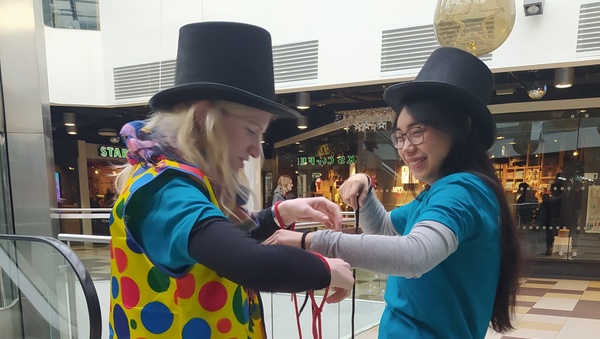Maths at the Museum: Contributing to Conservation
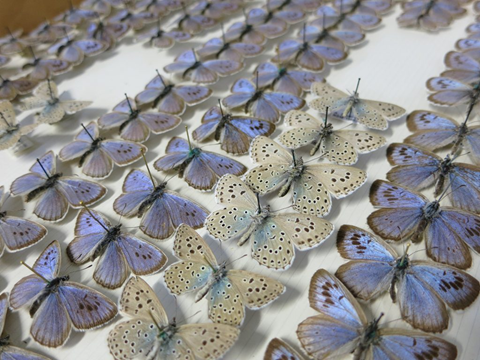
Over the last few days we have been hearing how maths is important to people and workplaces all across Scotland with #ShowYourWorking. National Museums Scotland has millions of objects in its collection. We spoke to Ashleigh Whiffin, Assistant Curator of Entomology, about her work with the insect collections at National Museum Scotland.
National Museums Scotland has an impressive 2 million insects in its collection which span from a couple of hundred years old all the way to the present day. At first glance the museum might not seem the obvious partner for species conservation, however the historical aspect of our collections mean that our curators and volunteers have been key contributors to several projects. During Maths Week Scotland, it seems like the perfect time to reflect on the way that maths and large data sets are being used to create positive change.
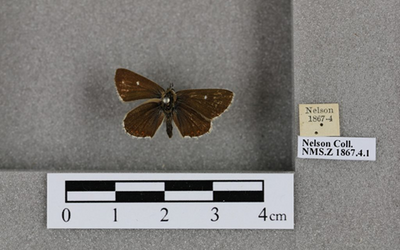
Recently our Natural Sciences department have been working with four different species of common butterfly from the Lycaenidae family, of which we have almost 1000 specimens. These have been photographed, measured and information relating to the size, date and distribution has been collected and added to a large database. By bringing together all the data on the species that is available, researchers can perform analysis and spot patterns in the past and present distributions and physical characteristics of these butterflies. This can then be used to steer conservation efforts in the future.
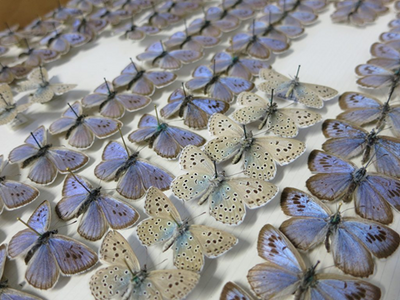
A good example of how this data can be used is the recently completed Dung Beetle UK Mapping Project (DUMP) https://dungbeetlemap.wordpress.com/ which looked at the distribution of British dung beetles. Dung beetles are vital to the agricultural industry and provide many essential ecosystem services notably burying animal dung and returning the nutrients to the soil creating healthy grass for animals to graze on. In addition, they are an important ecological indicator, so by looking at the number and distribution of beetles in an area, it can give a good indication of the ecological health overall.
As with the butterfly project, NMS contributed information on where and when specimens were collected to a larger data set. Scientists then used the data to show the historic distribution pattern of the dung beetles, and how this has changed through the UK over time. Alarmingly it showed that over 25% of the species are Nationally Rare, with four species thought to have gone extinct in the past 50 years.
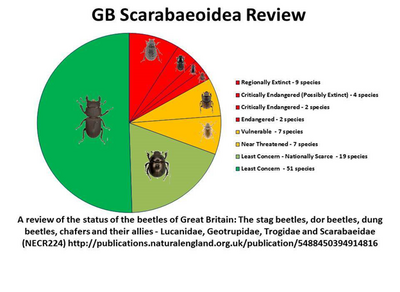
However, threats were identified for each species and preventative measure and positive action have been identified where possible. This should help inform management of the land and the conservation of the species at risk.
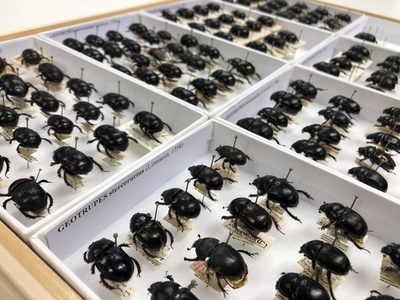
Another current project that NMS is contributing to is looking at bumblebee declines, and how land use change over the past 100 years has affected wild bee populations. Our collection of 6300 British bumblebee specimens, historical through to the modern day, makes us ideally placed to contribute to this project alongside five other natural history museums. Researchers have been busy photographing and extracting genetic material from our collection as well as creating 3D models.
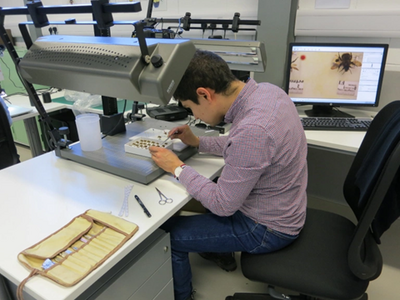
This gives a good idea of how British bumblebees have changed over the last centry. By pairing this with data on the distribution of the bees and where pesticides have been used, scientists can find out how bees are adapting to a pesticide exposed landscape. Going forward it is hoped that this data can be used by conservationists and to inform policy on pesticide use on agricultural land.
You can find out more about these projects in the following blogs.
https://blog.nms.ac.uk/2017/07/05/digitisation-an-internship-in-photography-and-butterflies/
Keep up to date with our museum website to find out all the latest research happening at the museum.
Latest News and Events
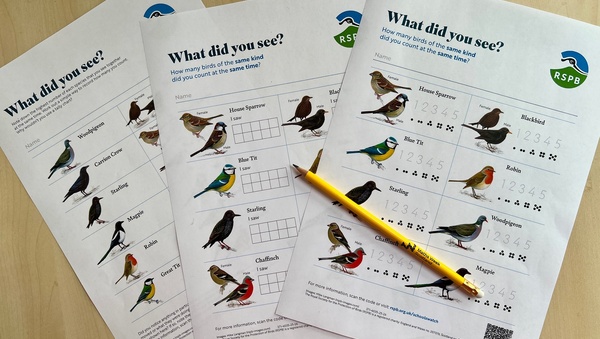
RSPB Big Schools' Birdwatch
It is almost time for the RSPB Big Schools’ Bird Watch – the largest citizen science project for schools across the UK. Sign up to take part, from 6th January- 13th February 2026.

Pick & Mix Your Own Christmas Holiday Countdown
We've pulled together all our seasonal resources from the last three years, and thrown in a few new ones too, so that you can create your own Christmas Holiday Countdown depending on age, ability and preferences. With games, puzzles, art and craft activities to choose from, as well as our interactive puzzle mystery story.
